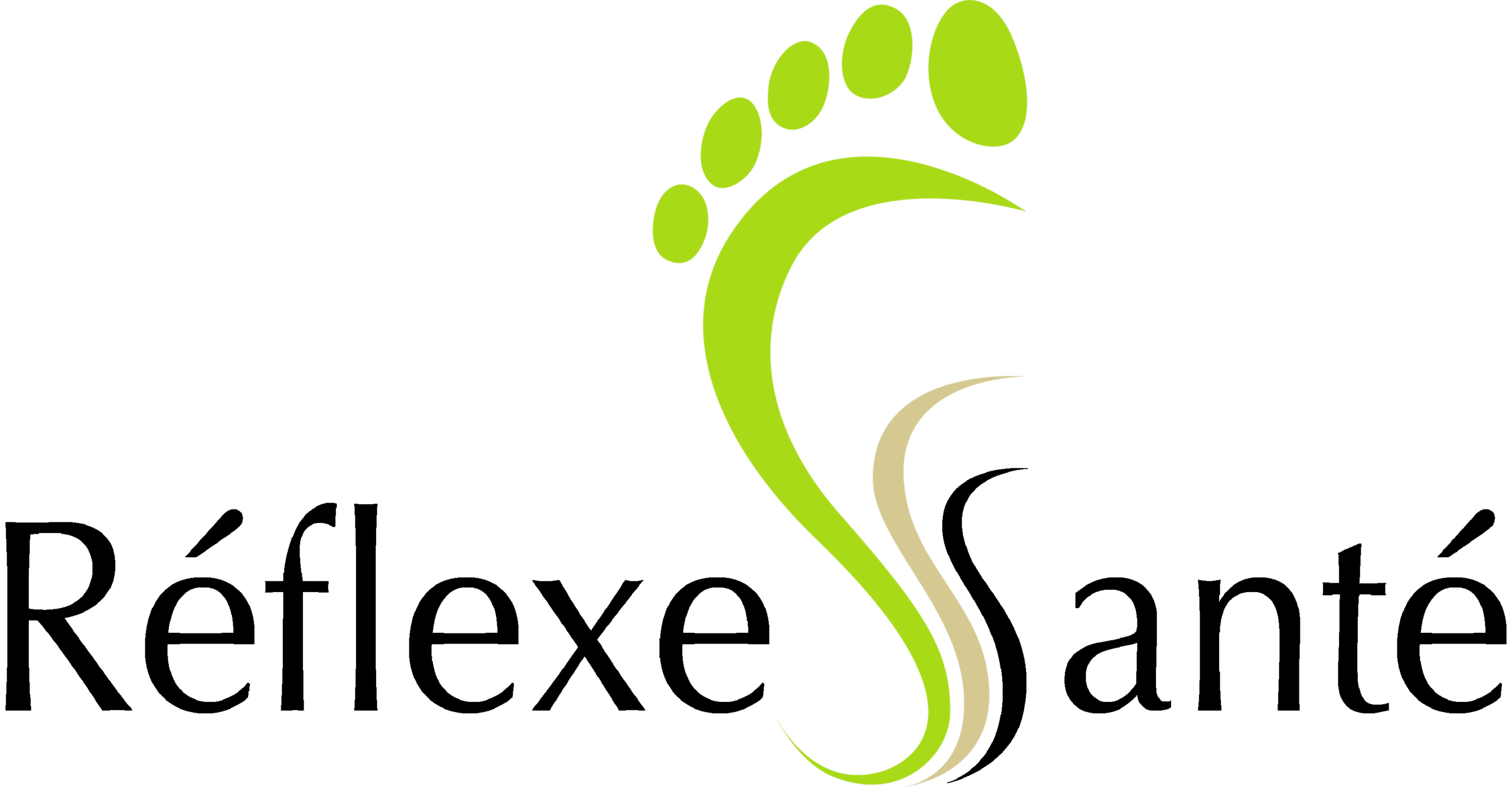FAQ
Frequently Asked Questions
What is the history of reflexology?
The ancient art of reflexology originates from the Orient and the Middle East. It dates back almost 5000 years and is still practiced today in the Western world. Although we remain uncertain about the true origin of this powerful therapy, it is sufficient to say that it has stood the test of time and has helped thousands of people to better health. Many people report the benefits and effectiveness of the treatment, which has led to widespread research into the field of reflexology.
During the 16th century, several works were published on zone therapy (reflexology), but the re-discovery of a systematic method of foot treatment is attributed to Dr. William Fitzgerald, who called it “Zone Therapy.” This new method drew the attention of the medical world between 1915 and 1917.
What about today’s reflexology?
Modern reflexology was developed in America in the early 1900s by medical doctors. The techniques that form the basis for today’s practitioners were pioneered and developed by physiotherapist Eunice Ingham (1889–1974), who extended the work of Dr. Fitzgerald and painstakingly mapped the feet with all the corresponding organs and glands of the body.
Is reflexology safe?
Modern reflexology was developed in America in the early 1900s by medical doctors. The techniques that form the basis for today’s practitioners were pioneered and developed by physiotherapist Eunice Ingham (1889–1974), who extended the work of Dr. Fitzgerald and painstakingly mapped the feet with all the corresponding organs and glands of the body.
Is reflexology painful?
Reflexology can be extremely relaxing; however, if there is a part of the body that is unbalanced, the corresponding reflex point may feel sore or tender while the practitioner works to rebalance the area. If at any time you find the treatment uncomfortable, please let your therapist know, as it is important to work within your comfort zone.
Is reflexology ticklish?
No. Due to the firmness of the pressure applied by professional reflexologists, the therapy does not tickle.
Do reflexologists need to be certified in order to practice?
No. Currently in Canada, there is no regulation governing reflexology. As a result, standards of practice can vary considerably. We recommend that you choose a practitioner who holds the RCRT (Registered Certified Reflexology Therapist) designation. This means that the therapist has graduated from an approved course under a licensed reflexology instructor and is a member of the Reflexology Association of Canada.
RCRT practitioners have met recognized professional standards and requirements and are insured to practice. They are also committed to continuing education throughout their careers to maintain and enhance their skills.
Why choose Réflexe Santé for my reflexology treatments?
Louise Groulx, owner of Réflexe Santé, is a certified reflexologist (RCRT) and fully specialized in the practice of reflexology. She holds a Bachelor’s degree in Nursing Sciences from the University of Ottawa and has extensive knowledge of human anatomy, biology, and years of professional experience in the health field.
She is also a licensed reflexology teacher for both foot and hand reflexology, certified by the Reflexology Association of Canada. Beyond her scientific and therapeutic expertise, Louise has a natural desire and ability to care for and help people achieve their health and wellness goals.
What if I prefer deep tissue work?
Many reflexologists believe that optimal results can be achieved without the use of firm pressure. However, since everyone’s pain tolerance varies, some people prefer stronger pressure and find this approach more beneficial. If you have a preference for deep or gentle pressure, please let your therapist know.
Is reflexology covered by my insurance?
Reflexology is sometimes reimbursed under certain health insurance plans. However, it is important to check with your employer or insurance provider to confirm whether reflexology treatments are covered. Réflexe Santé will issue a receipt for the services provided.
